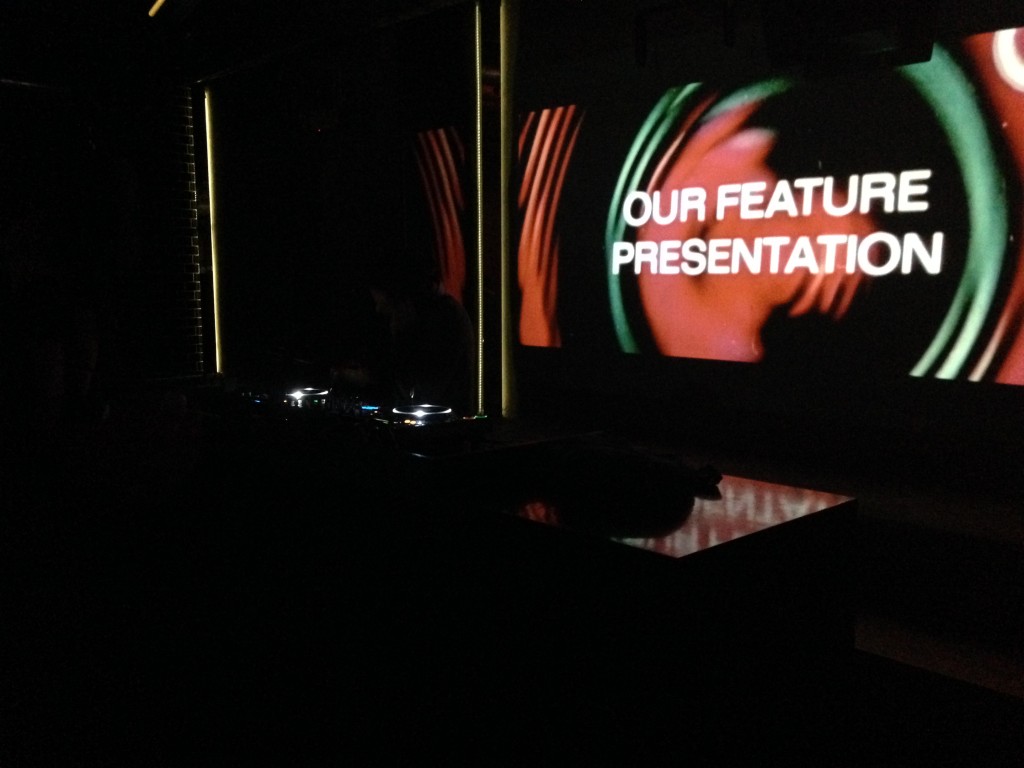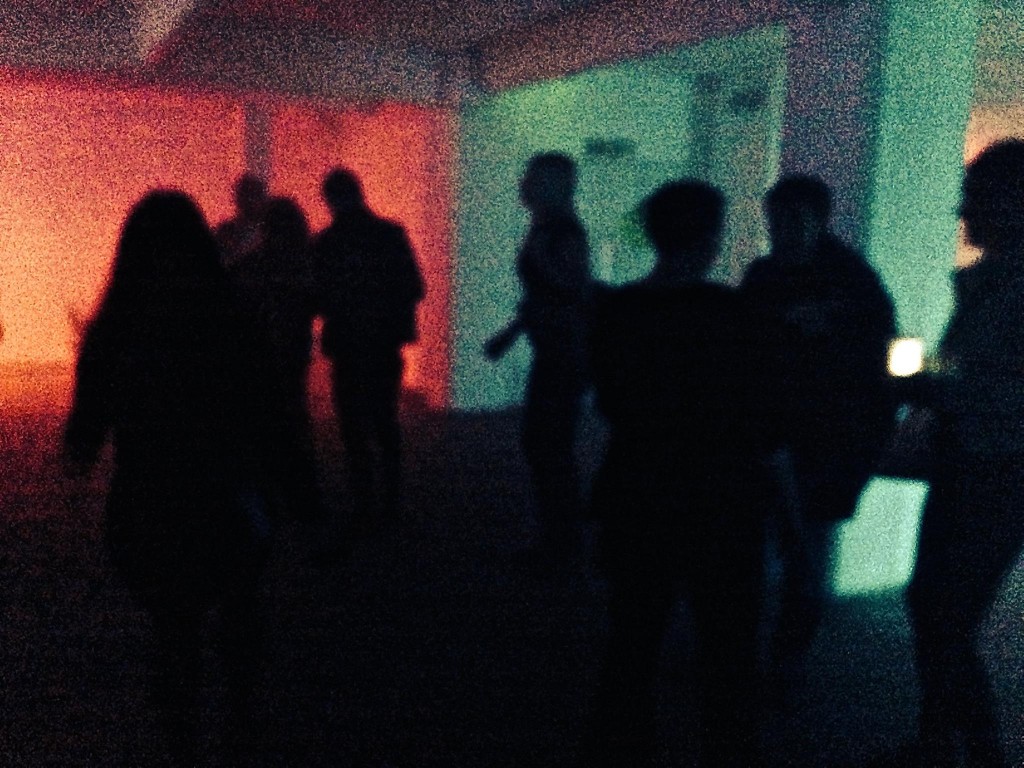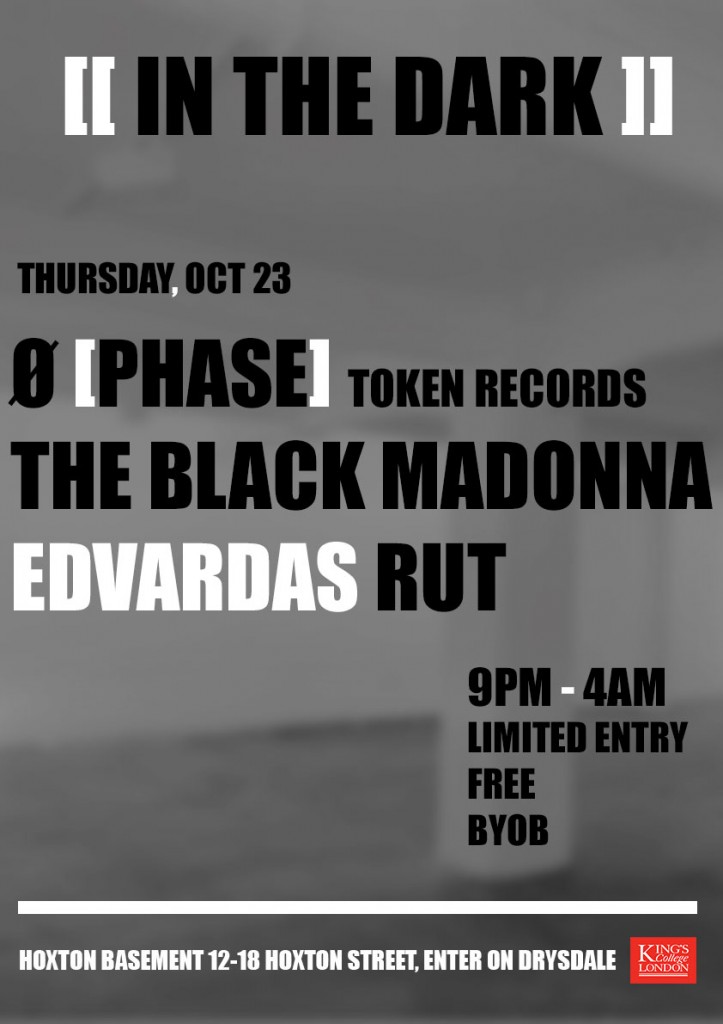
When people ask me how I became interested in the intersection of nightlife, fashion and popular culture I always tell them that the whole time I was a doctoral student at Yale I split my time between seminars on literary theory and dancing at Mr. Black — when that gay basement den was still a secret black door on Broadway. I read Benjamin on the train to New York City and got coffee for my editors at Condé Nast, the international magazine empire that publishes Vogue and The New Yorker. For me it has always been a challenge to differentiate the nerdy aspect of my personality — the side that is always thinking, analyzing, historicizing, looking for cultural patterns — from the side that loves gossip, fabulous clothes, dancing, and having fun. With the help of my dissertation committee I learned how to bring both sides together.
To me the most interesting academic work bridges the gap between theory and practice, between high theory and what Jack Halberstam has called “low theory,” or theories informed by “low” cultural productions. Great conversations happen when scholars move out of the ivory tower and talk with artists, musicians, dancers and other cultural producers. You have to mix the high with the low — it’s my intellectual philosophy.
That was the idea behind “Music, Fashion and the Power of Queer Nightlife,” a panel I put together for this year’s American Studies Association Annual Meeting on “The Fun and the Fury: New Dialectics of Pleasure and Pain in the Post-American Century” in Los Angeles. At the end of the day I wanted to create a space where scholars could talk about their various expertise in nightlife and club culture and I wanted DJs and party promoters to talk about their interest and expertise in nightlife to see where things emerged. Scholars spend so much time analyzing culture that many of us forget about the cultural producers we’re writing about.

The panel was a great success. I lead a conversation — talk show style — about the power and meaning of nightlife with Gregory Alexander and Loren Granic of LA’s A Club Called Rhonda, Amy Cakes Danky Dank, a New York club kid and designer, Victor Corona, who is writing a book on contemporary club kids, Ananya Kabir of Modern Moves, and Modern Moves associate researcher Matthew Morrison, who writes about black sound. The conversation was so powerful that the 90 minute time slot we were given wasn’t nearly enough and hands shot up in the air near the end of the discussion.
A few weeks prior I led a similar conversation right here in London titled In the Mix: DJs, Dance Floors, Diasporas,” a panel with Benjamin Lebrave, Willy Vertueux and John Armstrong, three DJs with specialties in the Afro dance floor. As part of the Arts and Humanities Festival at King’s College London, the panel touched on the history of the dance floor, the DJ as an artist and provided colorful details about what it means to be a DJ on the Afro dance floor.
This was, again, an attempt to create a space that is inside and outside of academia, a space where artists and academics could come together and share their ideas about the dance floor.
As a scholar of performance and performance studies I know that making a piece or producing a piece of theater offers a different kind of knowing. Close reading and analysis of visual, sonic or literary texts can only offer us one kind of theory. But when you get in there and get your hands dirty, when you’re producing your own cultural productions, whatever shape they take, you’re armed with a wholly different type of knowledge and expertise. The way you create a cultural production is it’s own type of theory.
I put my experience producing experimental performances and club events to use when I choreographed IN THE DARK, an underground techno and house music dance party that took place in Hoxton and was part of this year’s Arts and Humanities Festival. With top talent coming from Ø [Phase], The Black Madonna and Edvardas Rut, the dance party was my take on the theory of the event, a subject that has been touched by everyone from Alan Kaprow to Brian Massumi.
I thought if I booked top DJs that everyone and their grandchildren would come to the event. Much to my surprise, and for the first time in my 5 years of producing events, student’s were interested but not really that interested. I was told by one student newspaper representative that they wouldn’t cover the event or promote it beforehand because “it wasn’t newsworthy,” and there was no press release sent out because higher ups at the University felt that it could be bad press and did not “want to end up in the Daily Mail.” This is even as the University fully supported and encouraged every aspect of the event.

The irony of this for me is that I have actually already been in the Daily Mail for my nightlife-meets-academic antics. In the Fall of 2011 I taught an undergraduate seminar on club culture when I was still a graduate student at Yale that made the international airways. I got emails from Yale donors telling me it was shameful that I dragged Yale’s name through the mud with a course like the one I was teaching. So here I was again, three years later, faced with a parallel situation.
Though the party did not go off without problems — it was my first thing in London and dealing with a roster of high profile artists — I thought it was a great success. The DJs where phenomenal. Everybody had fun and I could instantly see what I would do differently the next time. I saw where all my mistakes were.
As I continue with Modern Moves I have several more ideas for experimental performance pieces that will bridge the gap between academia and nightlife, one of which emerged directly out of my experience with IN THE DARK. If you really want to produce a theory of nightlife, and if you really want to understand how nightlife works, to me it is as important to study and spent time on dance floors as it is to produce dance floors. That’s where the theory lies.
MADISON MOORE




